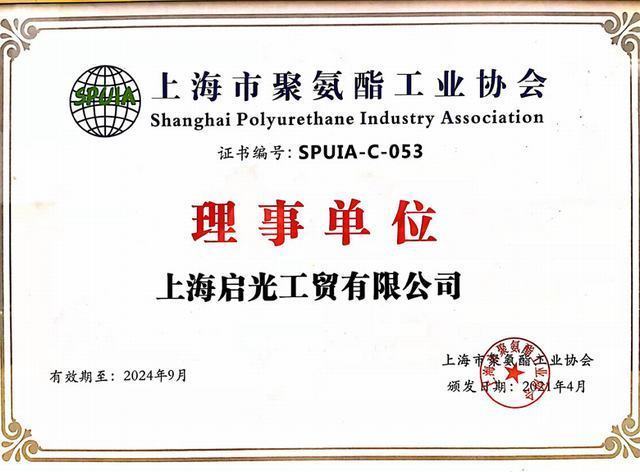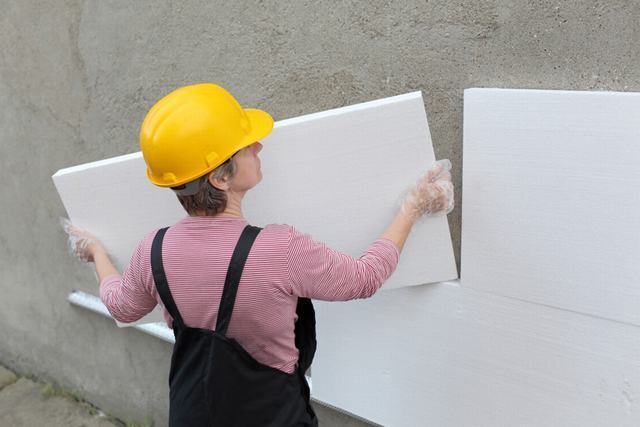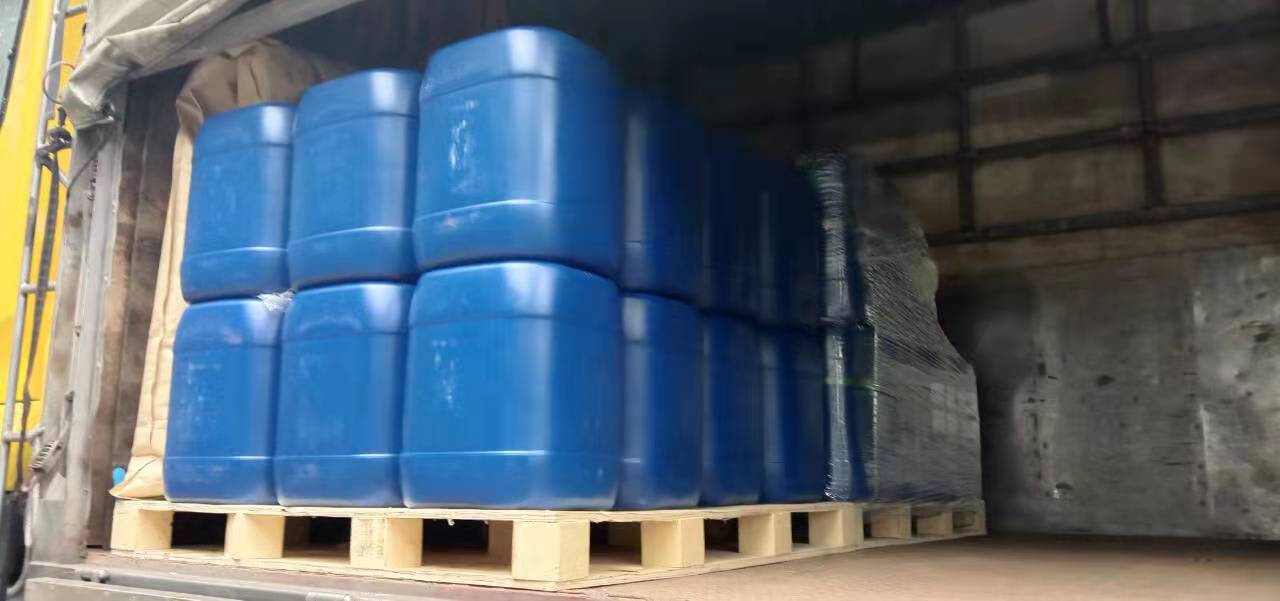Porous materials are not a new thing to be excellent catalyst carriers. The large specific surface area brought by porosity not only disperses and stabilizes the nanoparticles, allowing the catalyst to maximize its effect, but also reduces its usage and improves its lifetime. Materials like alumina, silicon carbide, and carbon materials are common catalyst carrier materials.
In contrast, the application of porous boron nitride in this area is rarely reported. Boron nitride itself has excellent physical and chemical properties such as wide band gap, high thermal conductivity, oxidation resistance, etc. It has great prospects for applications in high temperature, high frequency, high power, optoelectronics and radiation resistance. Among boron nitride, cubic boron nitride (c-BN) and hexagonal boron nitride (h-BN) are commonly used, and the research on catalyst carriers is basically focused on the latter.

TEM image of porous boron nitride
The crystal structure of h-BN has a graphite-like layered structure and has excellent chemical and physical properties, not only good hydrophobic properties, but also strong corrosion resistance. These properties make h-BN gradually attract attention in the fields of adsorption, hydrogen storage and catalysis, and many researchers regard it as an excellent catalyst carrier.
I. What are the advantages of porous boron nitride as a catalyst carrier?
Compared with traditional oxide carriers and porous carbon carriers, porous boron nitride materials have good high-temperature stability and resistance to acid and alkali corrosion, and their chemical and thermal properties change very little even at higher temperatures, especially the boron nitride materials can keep the loaded noble metals (such as Pt) in the reduced state better and show better performance than traditional catalyst carriers in reactions such as deep oxidation.

The hybrid structure of silver nanoparticles and boron nitride for catalytic conversion of CO
Yang et al. used Ru-based ammonia synthesis catalysts loaded with MgO/h-BN composite carriers to catalyze the ammonia synthesis reaction, which showed excellent catalytic activity due to the presence of more basic sites on the MgO/h-BN carriers; G. Postole et al. used two different specific surface areas (115 m2/g, 184 m2/g) of boron nitride as the loading agent and palladium as the catalyst for the Propylene oxidation reaction was catalyzed, and it was found that the loaded palladium oxide catalyst with oxygen element in boron nitride has better catalytic effect than pure boron nitride. It is expected that porous boron nitride materials will become a new generation of high performance catalyst carrier in many fields.
II. Are there any shortcomings?
Scholars have researched many methods to prepare high specific surface area boron nitride, commonly used are water (solvent) thermal method, chemical vapor deposition method, template method, etc., but they all have some shortcomings, which make porous boron nitride carriers are not well adapted to industrial production at present.
Template method: Template method is to control, influence and modify the morphology of the material, control the size and determine the material properties by using the template as the main configuration. With hard templates, the pore structure of the template can be replicated into boron nitride to obtain porous boron nitride materials with high specific surface, but this method can effectively control the pore size, but the process is tedious; while the soft template method is even less suitable, it is not only longer preparation cycle compared with the hard template method but also more costly.

Two representative routes for the synthesis of ordered mesoporous materials
(a) soft template method; (b) hard template method
(c) Water (solvent) thermal method: The water (solvent) synthesis method is to use an aqueous solution (or organic solvent) as the reaction carrier, and then the reactants are recrystallized under the reaction conditions of high temperature (100°C-1000°C) and high pressure (1MPA-1GMPa). However, the disadvantage of this method is that, firstly, it is difficult to control the reaction conditions during the preparation process, and it is difficult to control the generation of the target pore structure; secondly, the yield is low, which is not conducive to industrial production.
② Chemical vapor deposition method: Chemical vapor deposition method is also known as catalytic cracking method. The principle of this method is a process that applies a chemical reaction of gaseous substances on a solid and produces a solid precipitate. The advantages of this process are the simplicity of the preparation principle and the low cost of raw materials; the disadvantages are the low controllability of the process and its unsuitability for industrial production.
In summary, the search for a process that can stably prepare porous boron nitride materials with high specific surface, high crystallinity and better stability will be the future development direction.
III. Summary
Although in terms of cost, porous boron nitride materials are not comparable to several materials that have been widely used, its big advantage is that it can effectively disperse the expensive and easily agglomerated noble metal nanocatalytic materials, so as to utilize their catalytic activity to a large extent and greatly reduce their dosage. In other words, the development of noble metal nanocatalysts such as Pt is inseparable from high-performance catalyst carriers such as porous boron nitride.
With the expansion of applications in energy, catalysis and biology, the controlled synthesis and performance study of porous boron nitride materials will receive more and more attention. In time, when the preparation technology of porous boron nitride progresses to the stage of stable industrial production, its excellent performance will bring a broad application prospect.

